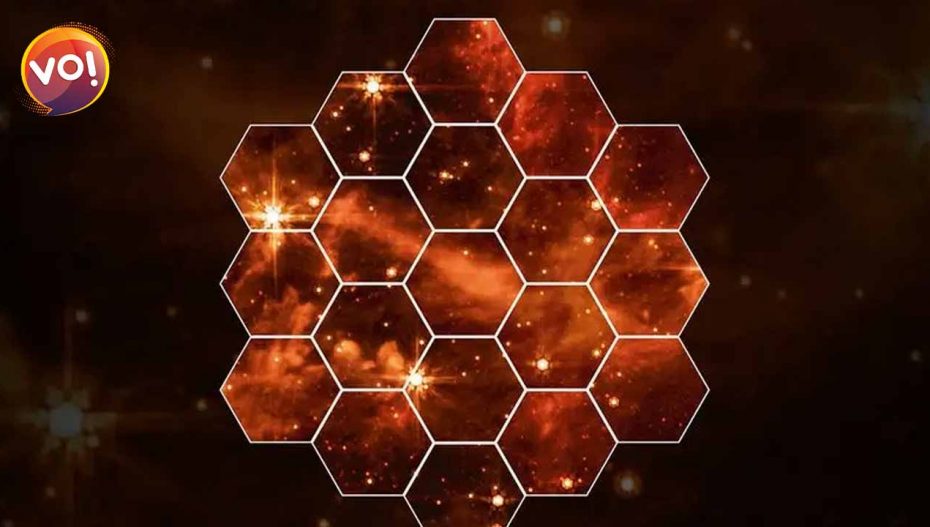On July 12, the James Webb Space Telescope (JWST) will release its first scientific images, raising the curtain on a new era in astronomy.Among crucial areas that the $10 billion telescope will help understand, are:
1) Detecting Light from the First Galaxies and Planets formed after the Big Bang: Ever since the Big Bang, the universe has been is in a state of expansion. The first galaxies and stars are undoubtedly the farthest objects in the known Universe. Hubble’s Law states that the more distant the objects, the faster they move away from us. Therefore, the light from the oldest celestial bodies is always redshifted. Ordinary telescopes can’t efficiently detect such faint objects. Only an infrared band can detect the same. The JWST is purposefully designed to observe objects hidden in the infrared spectrum.
2) Observing the Formation of Galaxies: One of the main aims of JWST is to study and observe the formation of galaxies. With current resources, we cannot detect any region where baby galaxies are forming. In other words, such areas might be far away from the reaches of the current most sensitive observatories. Through the Webb telescope, astronomers hope to analyse the factors that influence galaxies’ shape and size. It will shed light on the secrets behind the structure of barred, irregular, elliptical, and spiral galaxies.
3) Star Formation in Nebulae: Stars are usually created from a nebula, a region with high-density dust and gas particles. Huge streams of dust particles surround the baby stars, which blocks most of the normal visible light emitted. Fortunately, infrared from baby stars penetrate through the dust barrier. Therefore, powerful infrared observatories like the James Webb Space Telescope should be able to observe them.
4) Observing Exo-planets: Two of the central ambitions of JWST is to find the origin of Earth and how life evolved. Both are directly connected to the evolution of planets. One of the fundamental goals is to find the composition of particles around stars where planets are created. Hypersensitive observatories like the JWST will be able to capture infrared images of planets systems.
Search for alien life forms is one of its hidden missions. A thorough exploration of exo-planets will help understand how life could have evolved. JWST is powerful enough to examine comets and other cold bodies, which might hold clues to the origin of life.
5) Beyond the Solar System: A lot of hopes are pinned on answering this open-ended question. Could the JSWT images completely alter what we have known as the Solar System?
Also Read: ISS, Hubble & Webb: Your Space Guide To July 12 Countdown












